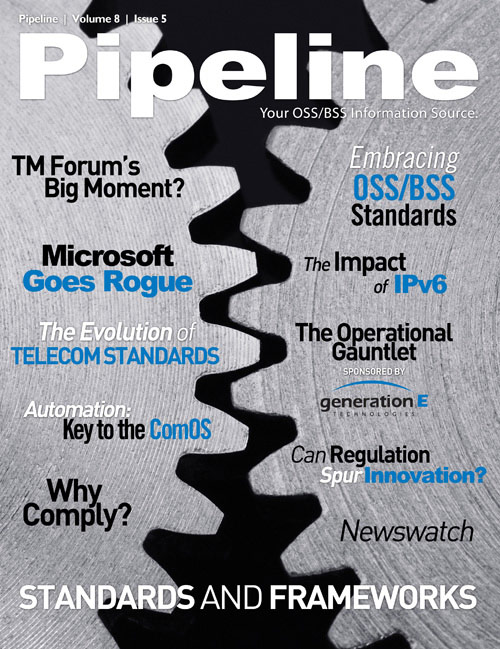Creating a Culture of Knowledge Sharing to Become More Organizationally Adaptive
Unlike biological systems, where adaptation is hard wired, organizational processes require an overarching discipline to keep from regressing to a state of stagnation. Transforming from a rigid, stagnant operating model to a dynamic, adaptive one first requires NOC organizations, and the engineering teams that they support, to become very good at knowledge sharing. Much investment has been made in knowledge management, but often with limited results. Databases of operational knowledge tend to age too rapidly for a meaningful shelf life: knowledge management processes have been designed with an insufficient appreciation for human behavior to ensure continuous contribution.
A culture of knowledge sharing, with the associated increase in aggregate operational and technical knowledge, is the first step in becoming more adaptive. Organizations should actively seek out innovative ideas aimed at instilling such a culture of knowledge sharing through the use of collaborative social media technologies – treating knowledge as something to be shared, not managed.
A more knowledgeable, adaptive NOC organization does not necessarily translate into efficiency improvements, though it certainly results in higher-quality service delivery. Additionally, providing that same NOC organization with the processes and tools needed to methodically automate the delivery of its services ensures that the operational processes are optimized while external business conditions change. For example, an arguably large portion of the work done within the NOC consists of viewing inbound alerts or events from network and systems management tools and running various diagnostics to try and isolate the problem. Running the diagnostics and creating or updating tickets to be routed to the appropriate internal or external engineering resource tends to consume much manual effort in a typical NOC. When coupled with the need to support a dizzying array of new equipment and services, time constraints often dictate that a large portion of the diagnostic and triage work gets left to the assigned engineer, moving further up the value chain.

The Ultimate Game Changer: Adding a Culture of Automation into the NOC Mix
Building a culture of automation around a culture of knowledge within the NOC makes it possible for organizations to achieve the ultimate goal: an elastic process model that scales efficiently with the business. The first step beyond knowledge sharing is to systematically design a method for integrating automation into the underlying services (diagnostics, triage and repair). A proven approach is to first build a library of diagnostic tests that gather diagnostic information for each element of the network infrastructure (network equipment, servers, applications, etc.). Automation models can then be designed to process each events and/or tickets and then apply the appropriate diagnostic, triage and repair procedures.
Applying this same approach to the underlying processes of customer care has a similar effect on efficiency. As an example, consider the advancements that a CSP with operations across three states recently achieved with its innovative automation-based approach to customer care. In early 2010, the company deployed an ITPA solution that allows its NOC and engineering teams to quickly and easily build automation schemes that expedite a wide range of repetitive or complex activities, including those that impact customer service. Customer service representatives (CSR) can make use of these automations to instantly identify resolutions for customer issues. When a CSR makes a request, the system immediately pulls information from a variety of pre-defined sources and provides the CSR with a high-level analysis of that information with warnings and corrective actions that can be put to work in seconds.
The system also streamlines troubleshooting for hundreds of front-line CSRs staffing the CSP’s U.S. call centers. When an event occurs, the NOC can instantly issue an alert to an entire team of internal managers, field technicians and even outside vendors to inform them of the issue and help them prepare to take action. Diagnostics and fix-actions are embedded into event and incident remediation workflows, setting the stage for dramatic business process improvements and entirely automated approaches to solving critical customer issues.










